King Charles shares carbon cost-cutting plans to modernise State Bentleys and royal residences
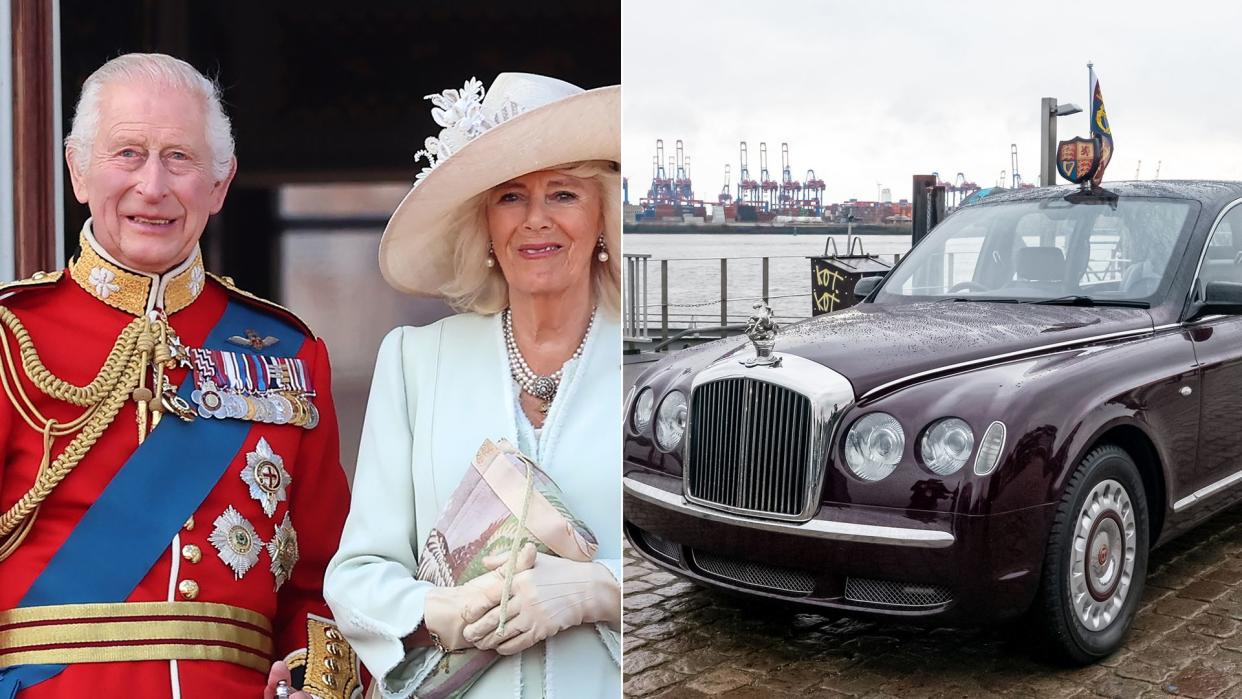
The King is converting his State Bentleys to run on biofuel and plans to turn the fleet electric in future, Buckingham Palace has revealed.
Solar panels have also been installed on the roof of Windsor Castle for the first time as part of a drive to reach Net Zero in future.
Among other measures, "inspired by His Majesty's leadership," gas lanterns at Buckingham Palace are being repurposed with specially designed electrical fittings to preserve their historic look and glow.
ROYAL FINANCES
And the royals plan to use more Sustainable Air Fuel for travel, with a temporary SAF tank being installed at RAF Odiham, where the King's helicopters are based.
The Palace has also hired a new Head of Sustainability to speed up a reduction in the monarchy's carbon footprint.
Introducing the annual Sovereign Grant Report, Sir Michael Stevens, Keeper of the Privy Purse, said of renovation work at the Lord Chamberlain’s Upper Store Roof at Windsor Castle: "Out went the leaking lead roof and in came the Castle's first solar panels – just one of a number of environmental initiatives, driven by a determination to place sustainability at the heart of our operations and inspired by His Majesty's leadership in this sphere."
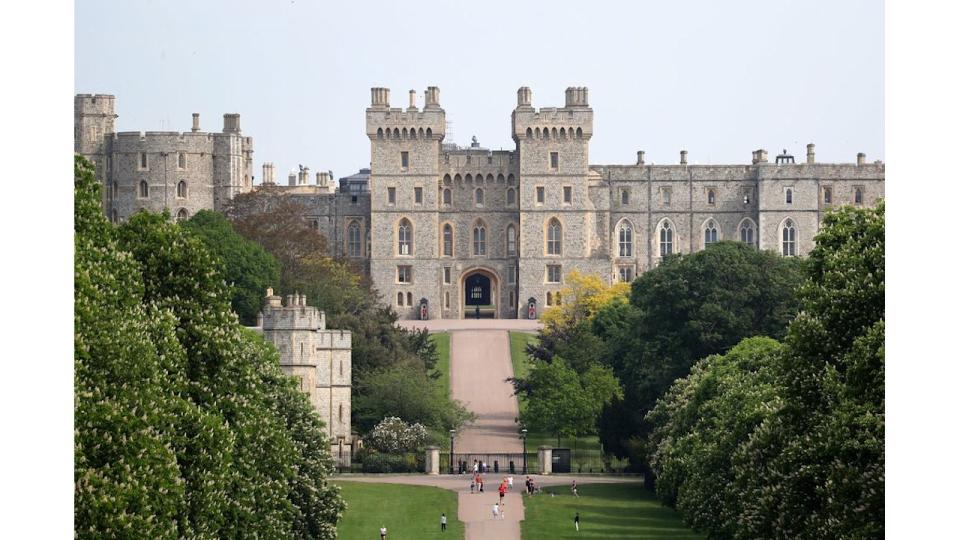
An increase in business travel since the change of reign, however, means that greenhouse gas emissions are up slightly from last year, along with travel costs, which rose from £3.9 million to £4.2 million.
The most expensive trip was the King and Queen's five-day visit to Kenya by charter flight in October, along with the related separate staff planning visit by scheduled flights, which came to a total of £166,557.
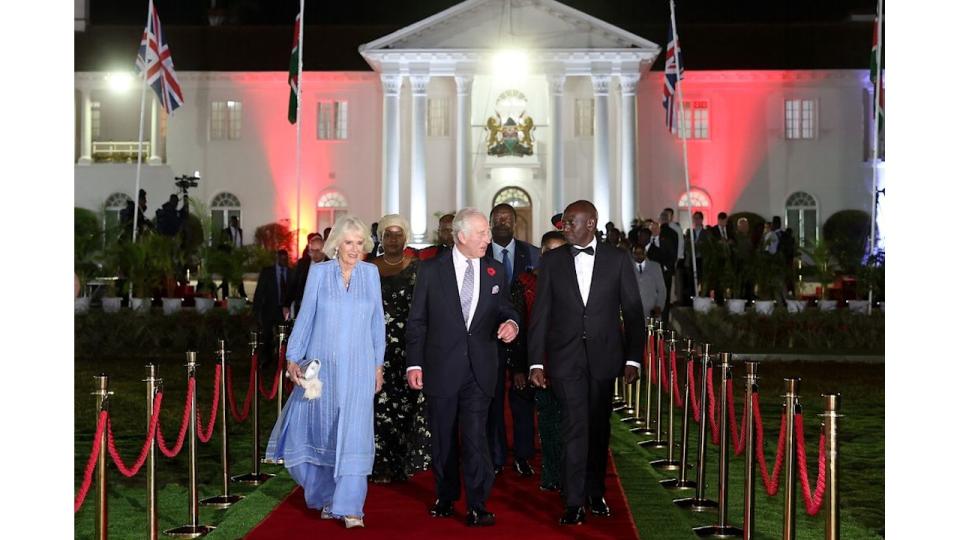
A three-day state visit to France, with trips to Paris and Bordeaux, by charter flight in September cost £117,942.
Two new AgustaWestland AW139s helicopters have also been purchased to replace the existing 15-year-old Sikorskys currently used by members of the royal family to travel to engagements and between residences.
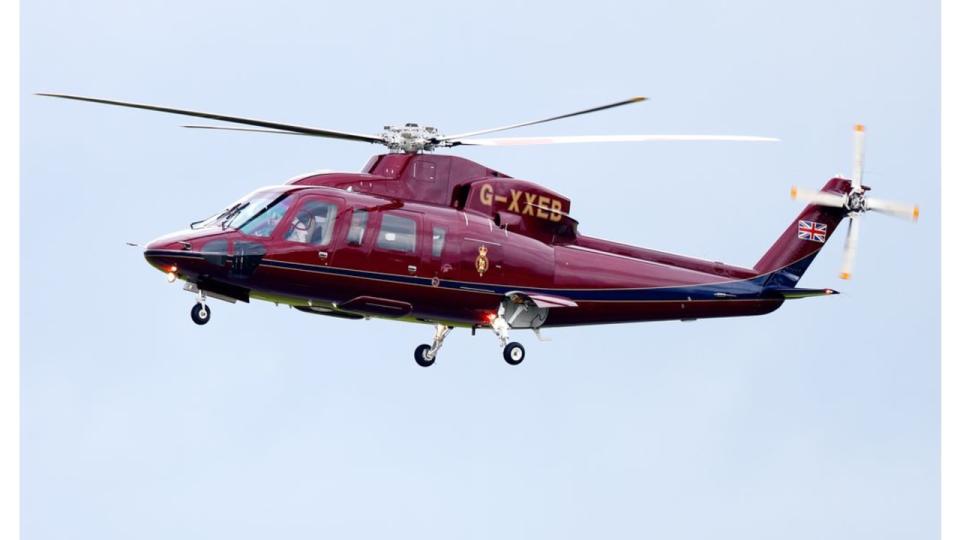
The taxpayer-funded Sovereign Grant covers the public activities of the King and his family and is received in exchange for the monarch giving up the revenue generated by the Crown Estate.
Between 1 April 2023 and 31 March, this year, it covered the cost of more than 2,300 official engagements in the UK and overseas, reduced from 2,700 the previous year because of the King and Princess of Wales's cancer treatment.
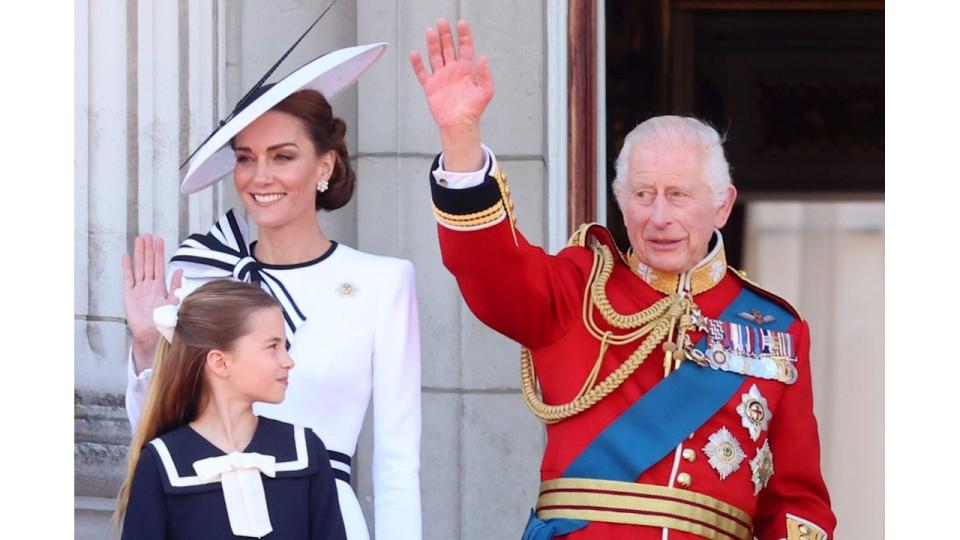
"In the early part of 2024 came the sad news that both His Majesty the King and the Princess of Wales would be withdrawing from public-facing duties temporarily, to prioritise their treatment and recovery from cancer," said Sir Michael.
"This inevitably impacted on the number and nature of engagements that had been planned – though may I say how encouraging it is to see the King back performing so many public duties and, more recently, the Princess similarly well enough to join the King's Birthday Parade and the men's Wimbledon final."
The King and Kate received 27,000 messages from well-wishers and the Palace handled another 31,000 congratulatory messages for the coronation, among a total of 138,000 items of correspondence for the year 2023 to 24.
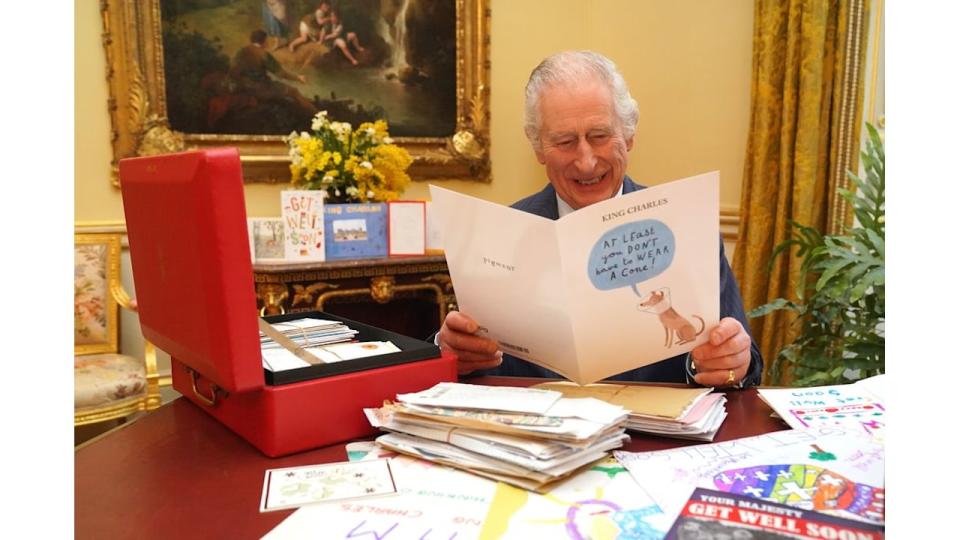
And a 10 per cent increase in the number of guests attending events hosted at official royal residences meant a rise in the cost of Housekeeping and hospitality from £2.4 million last year to £2.4 million.
For the past three years, the Sovereign Grant has amounted to £86.3million, based on 25 per cent of Crown Estate income, two years in arrears. The percentage was reduced to 12 per cent in 2023, after the King asked for additional profits from the Estate to be redirected for public use.
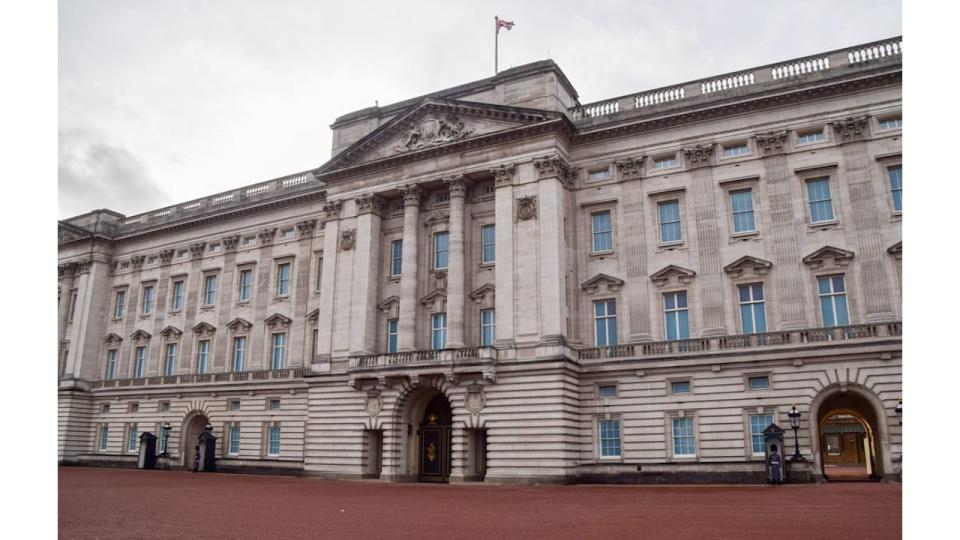
But the Sovereign Grant will still soar to £132 million next year after the Crown Estate recorded a profit of £1.1billion last year, thanks to offshore wind farms.
The extra £45 million will be used to help keep the ten-year reservicing of Buckingham Palace on time and within its £369million budget. An additional £143 million will be used for the wider public good.


